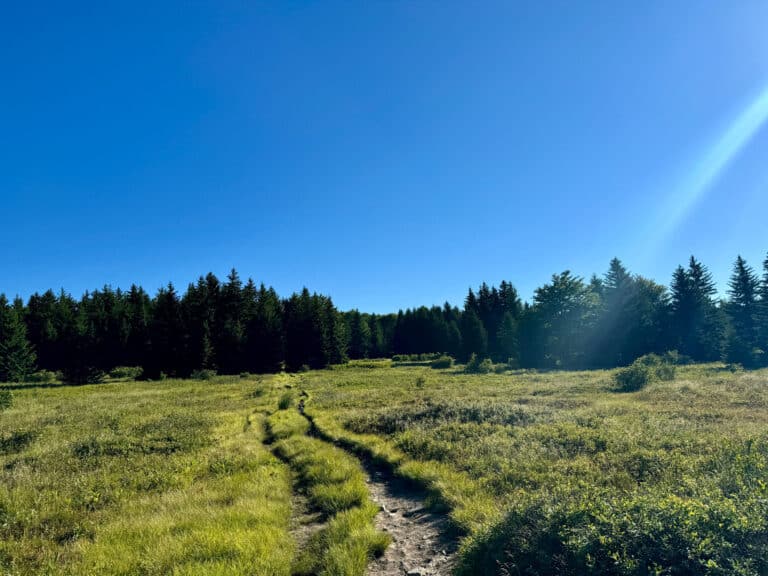Middle Tennessee Sanctuary Returns Elephants to the Wild
On an unsuspecting swath of land in Middle Tennessee, 15 elephants roam freely through lush green hill country. Most people wouldn’t guess that the South holds the nation’s largest natural-habitat refuge developed for endangered elephants: the 2,700-acre Elephant Sanctuary in Hohenwald, 85 miles southwest of Nashville.
The sanctuary was founded in 1995 by Carol Buckley and Scott Blais, who met working at a safari park in Canada. They both had the desire to give elephants a more natural environment with greater space to mimic their native habitats. For a short time they partnered with the Nashville Zoo, but the brief project had disheartening results. When patrons would visit, they would frequently request tricks or rides on elephants’ backs.

“That’s when we realized we had to do something different,” says Blais. “The best thing to come out of the experience was our introduction to Tennessee climate, which really complements elephants’ natural behavior.”
Central Tennessee has indeed provided a perfect habitat for the sanctuary—thanks to the diversity in topography and terrain, as well as seasonal cycles that offer a variety of vegetation. Because of their massive size, elephants often graze for 20 hours a day.
Elephants at the sanctuary are natives of Africa and Asia that were captured from the wild and sold to work in circuses or zoos. Because each elephant has been treated differently, nurturing them back into the wild can be difficult. Most of the sanctuary’s 27 employees spend long hours catering to individual needs of each elephant, who often arrive skittish from years of abuse.
“Some adapt seamlessly; others take months to adapt,” says Blais. “Our biggest challenge is learning the nuances of their personalities and being ready for them to change drastically.”
Rehabilitating creatures that weigh 10,000 pounds can be dangerous. In 2006, 36-year-old Joanna Burke—an eight-year employee—was killed while watering an elephant who was exhibiting behavior consistent with post-traumatic stress disorder. Blais also suffered an ankle fracture in the incident. Burke’s death was ruled an accident, and in accordance with Burke’s wishes, the elephant was not punished and is still living at the sanctuary.
“There’s always risk, because we are so small and vulnerable in their presence,” Blais continues. “Just like a person who’s been abused, there’s a tendency to lash out, but our whole goal is to help these elephants heal.”
In keeping with the sanctuary’s mission to provide a safe resting place for elephants, they do not permit visitors. Instead, you can watch elephants grazing on an online EleCam, which runs 24 hours a day on the sanctuary’s website: elephants.com.







